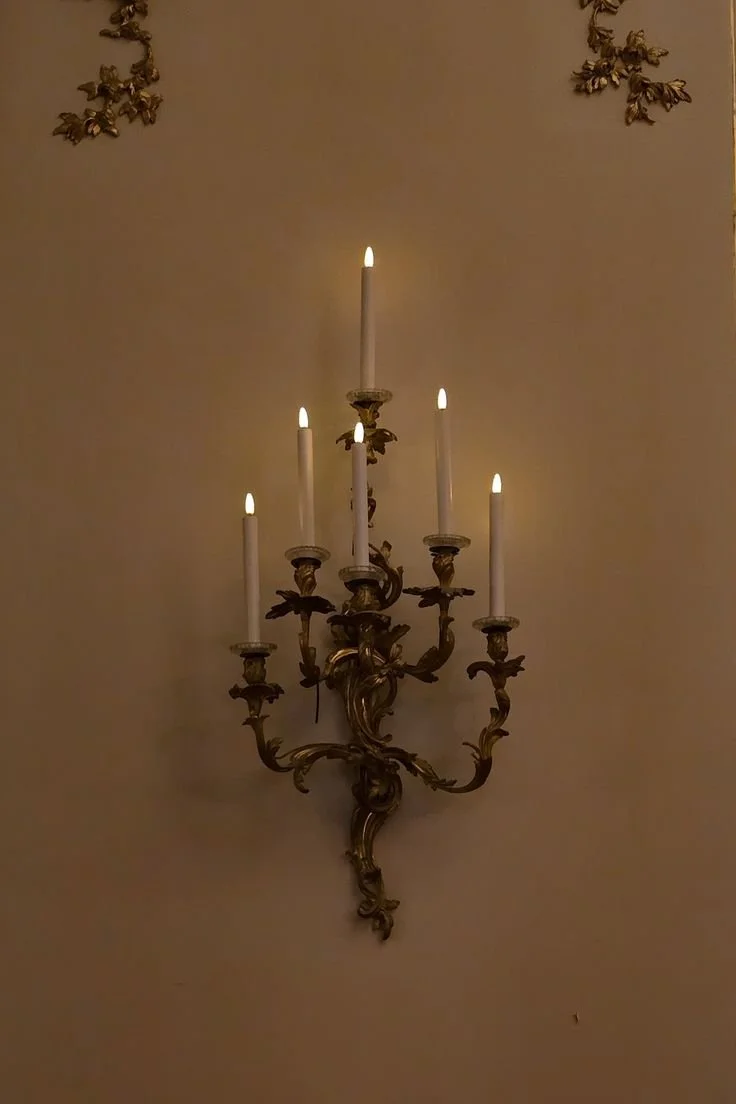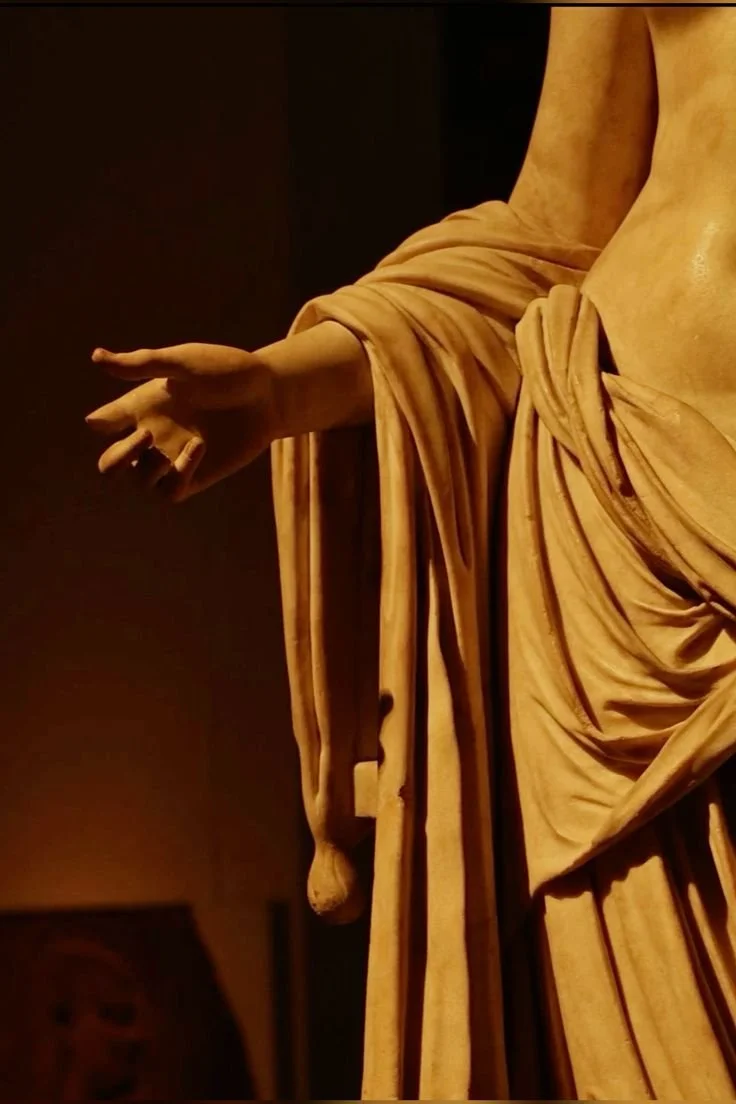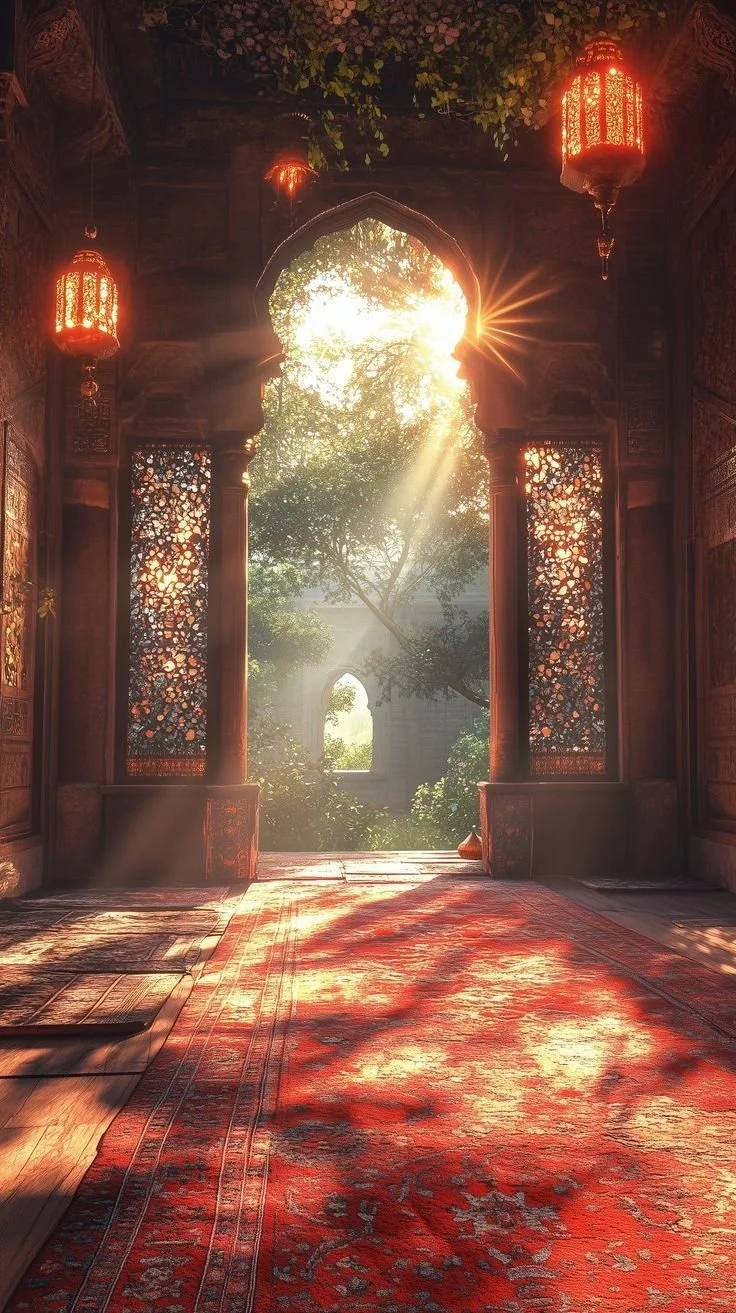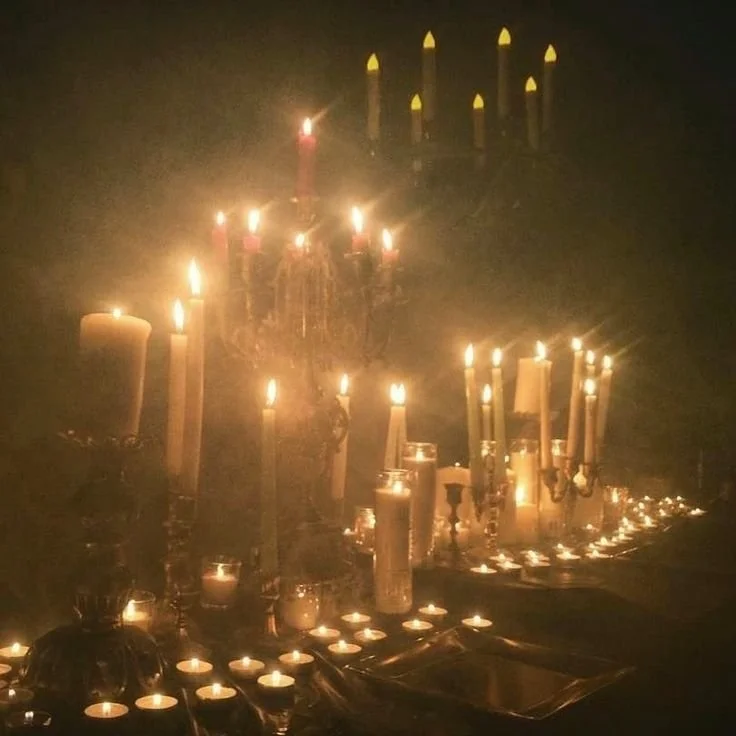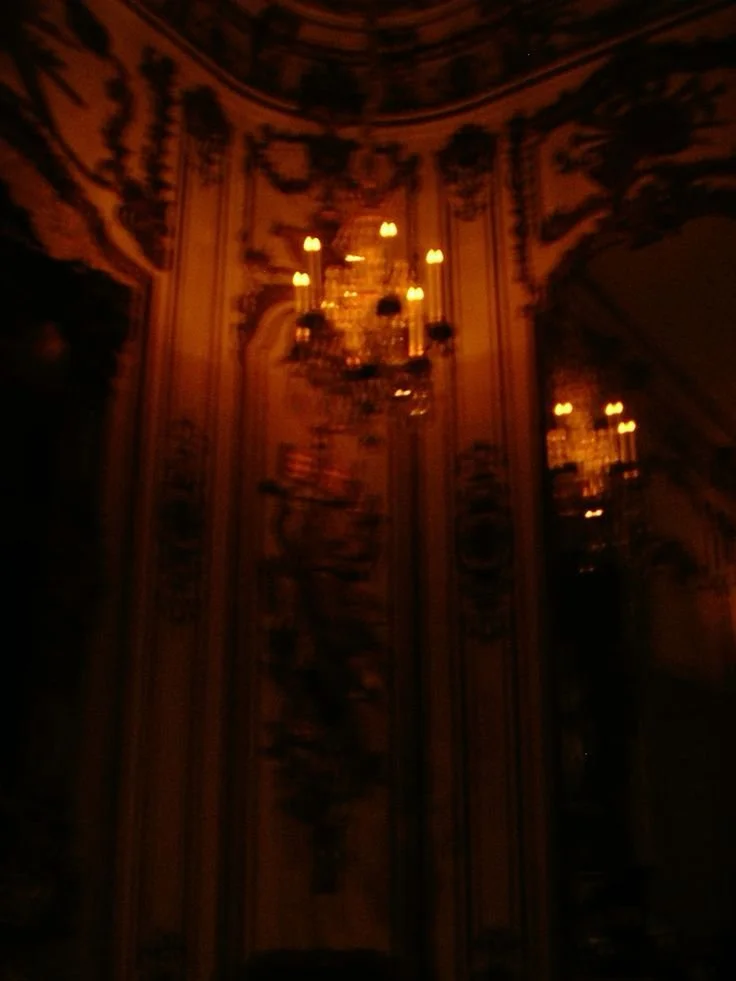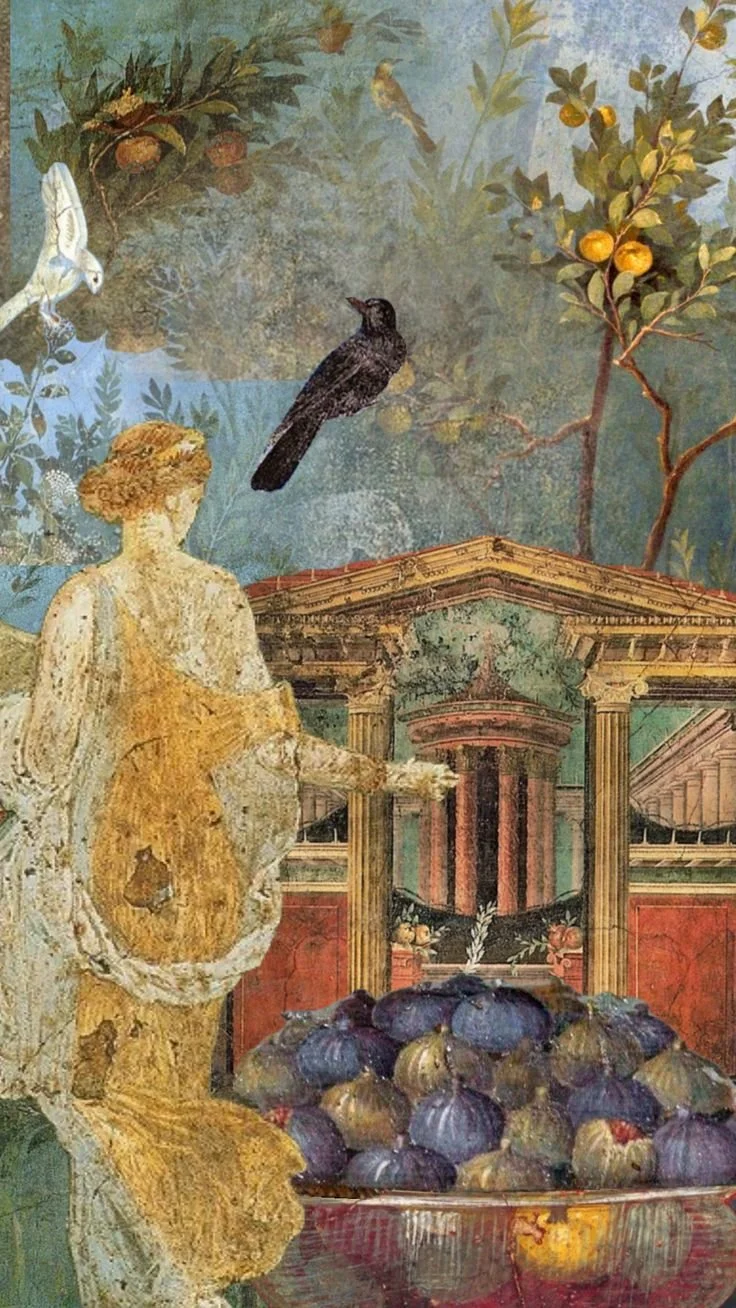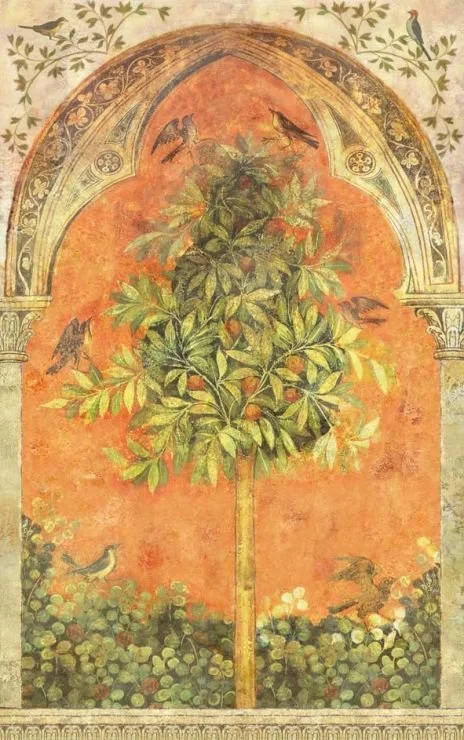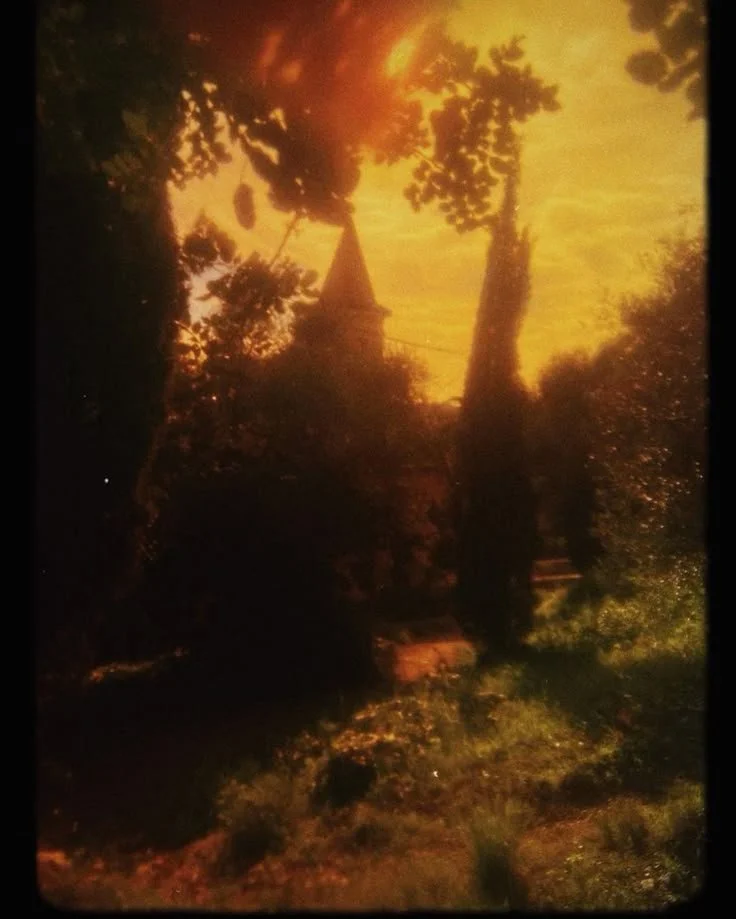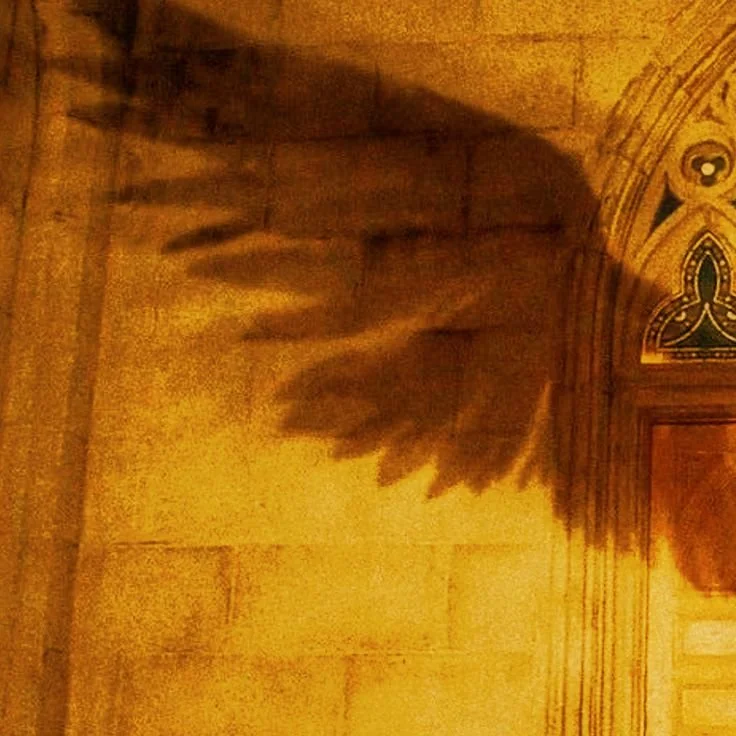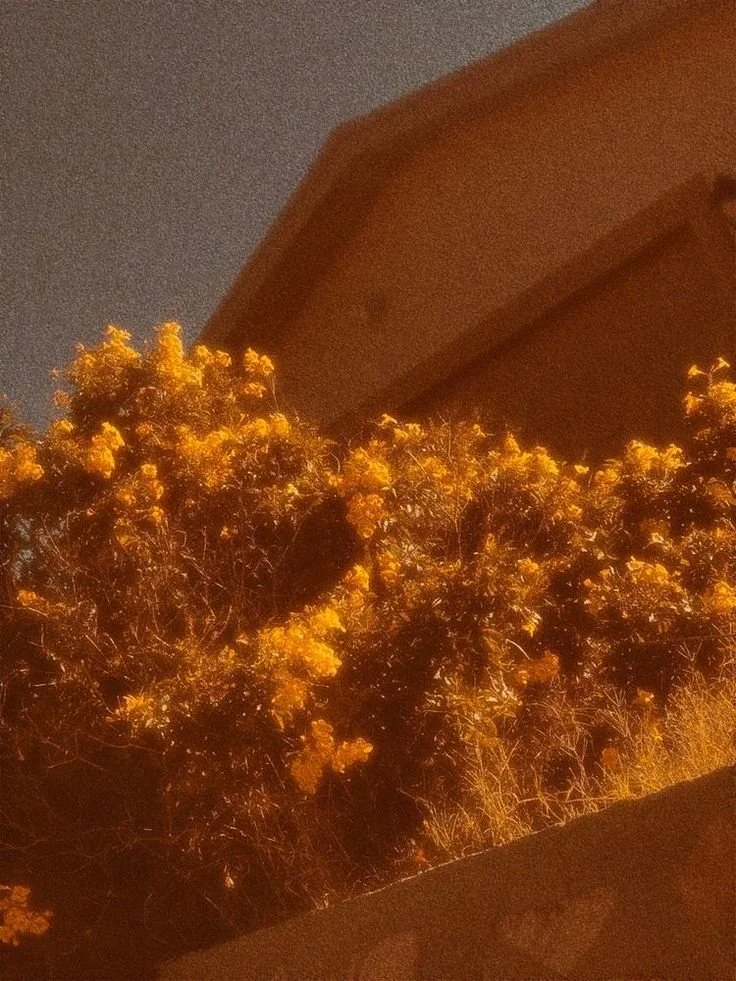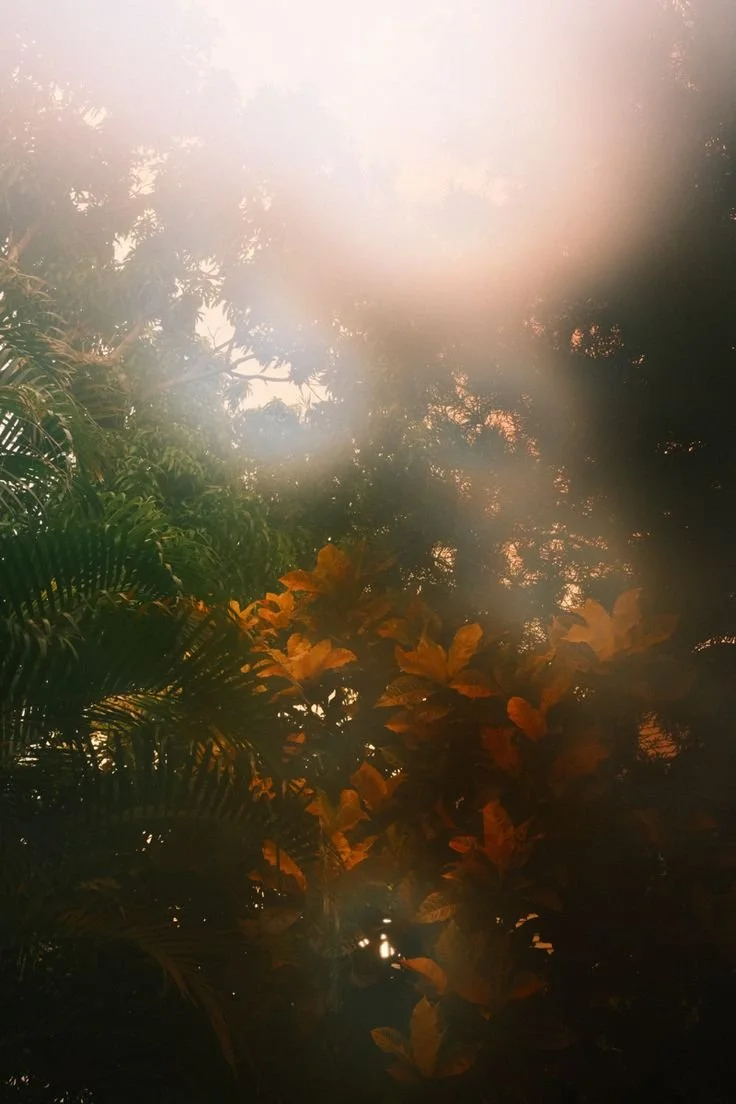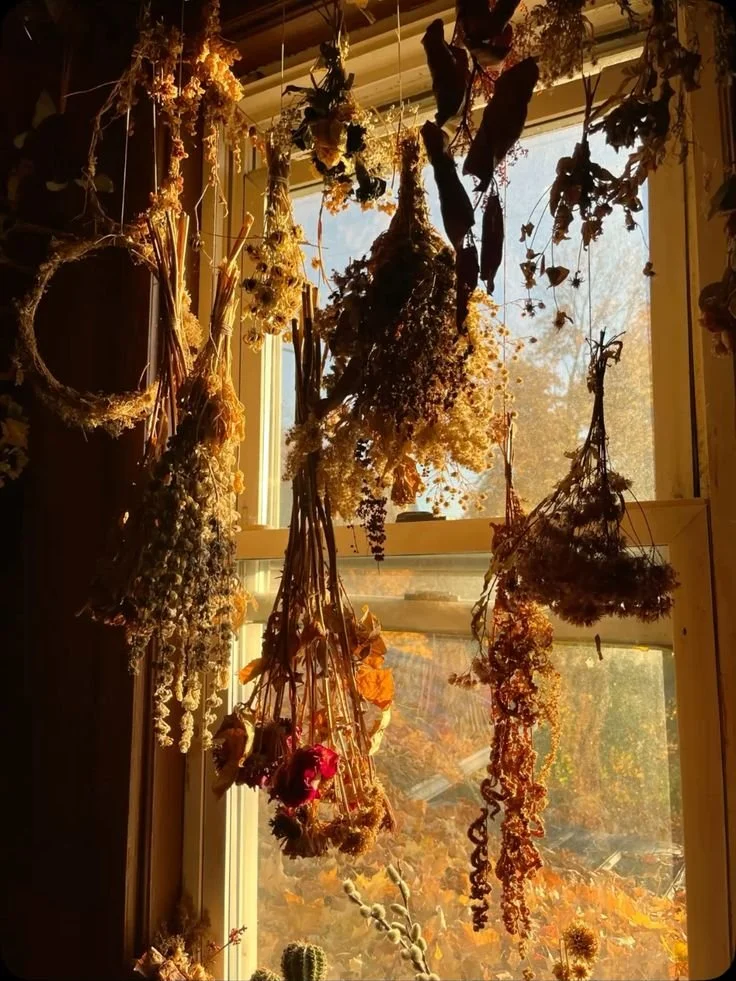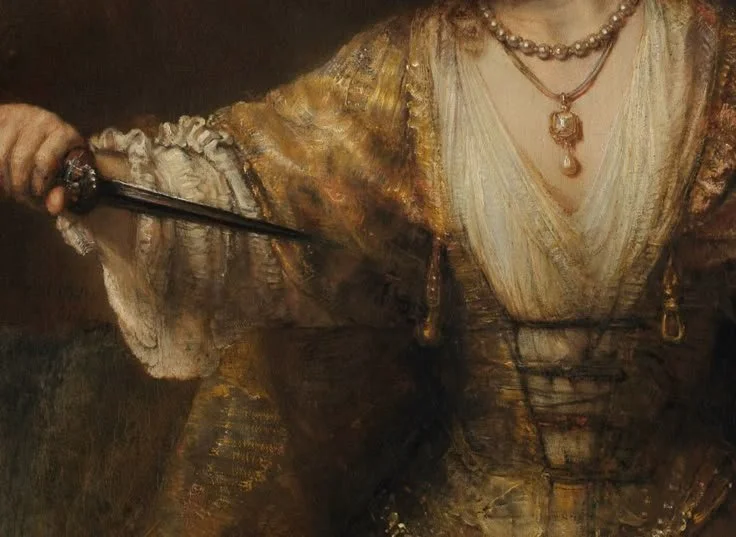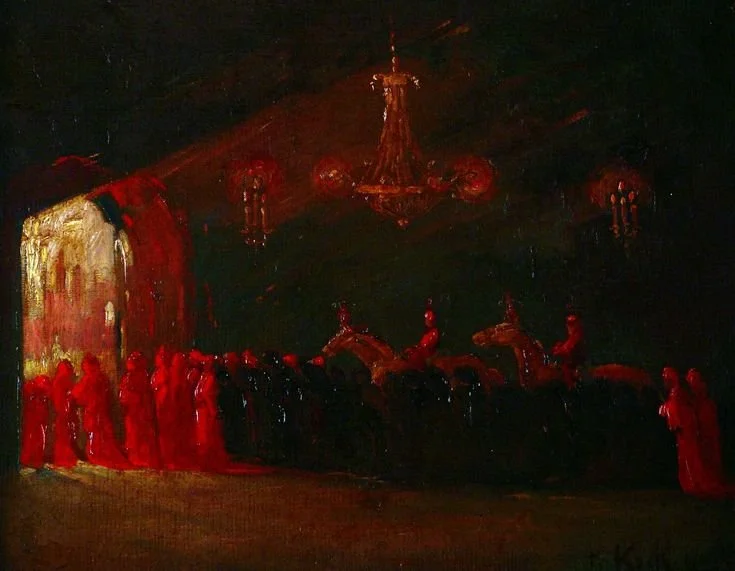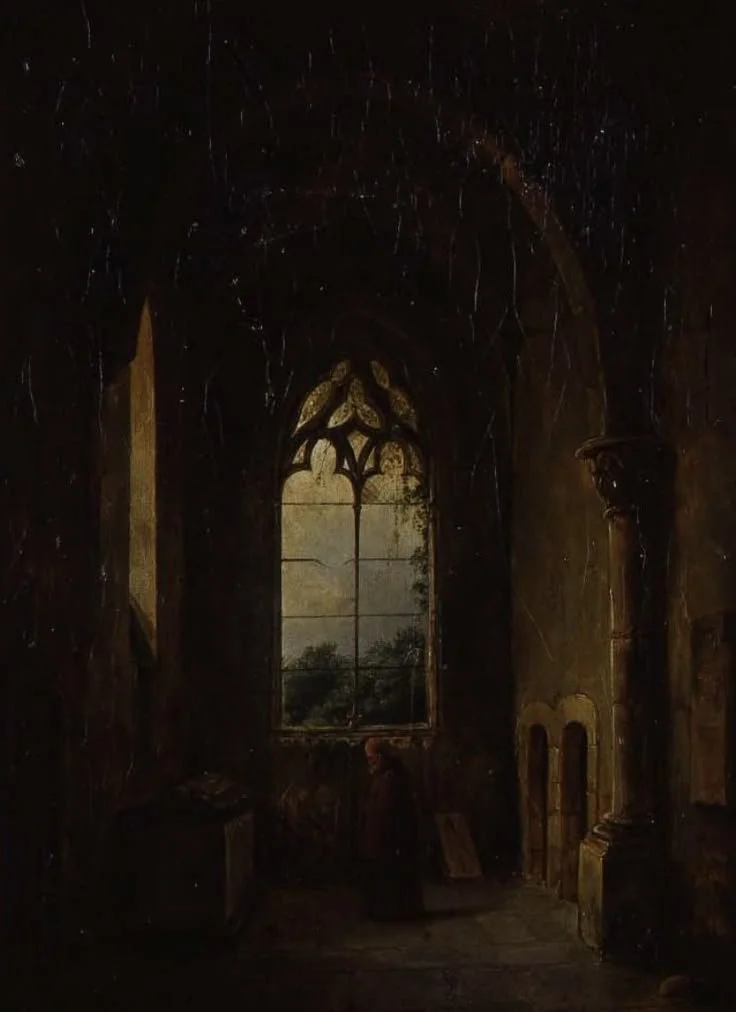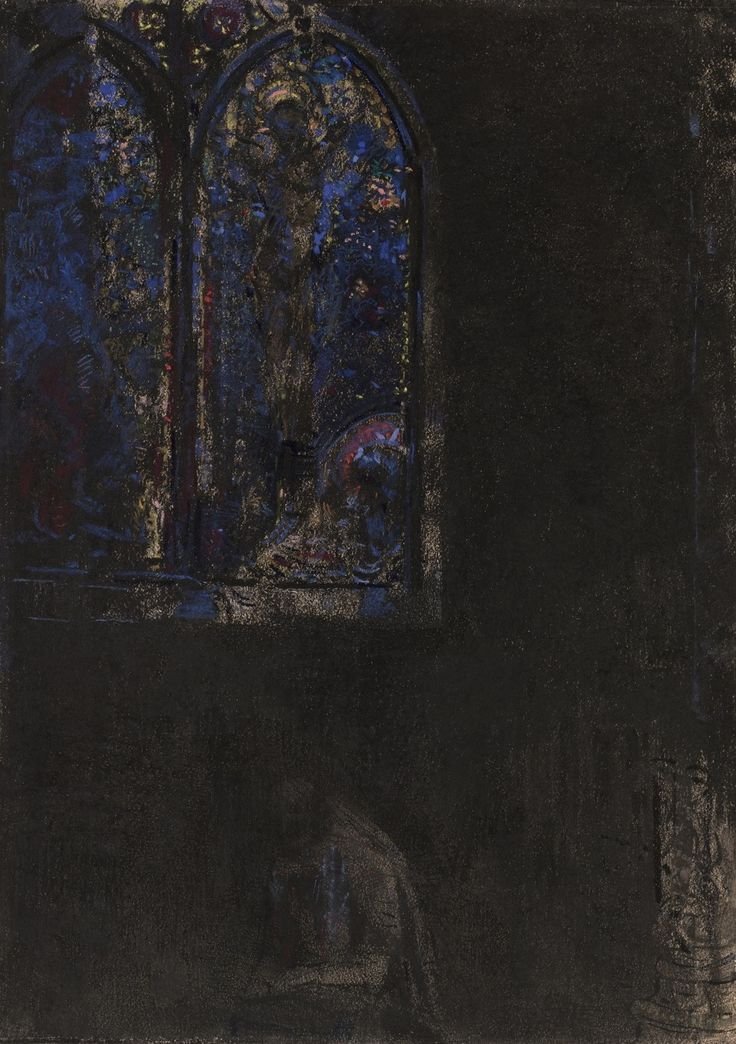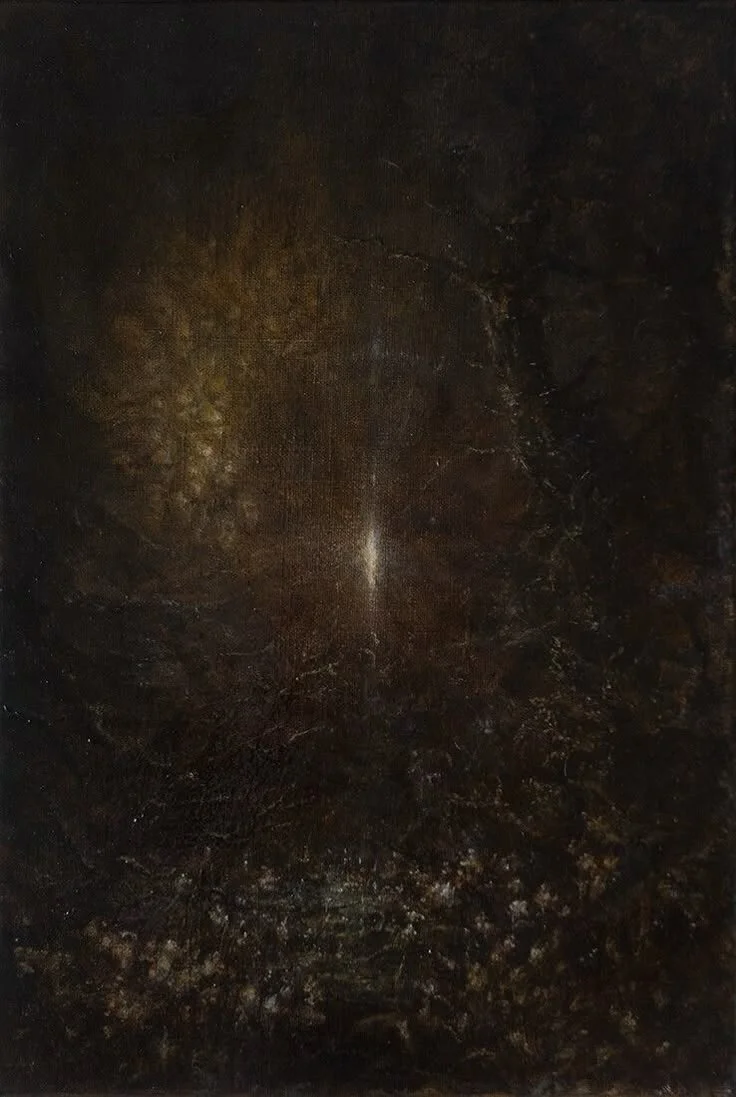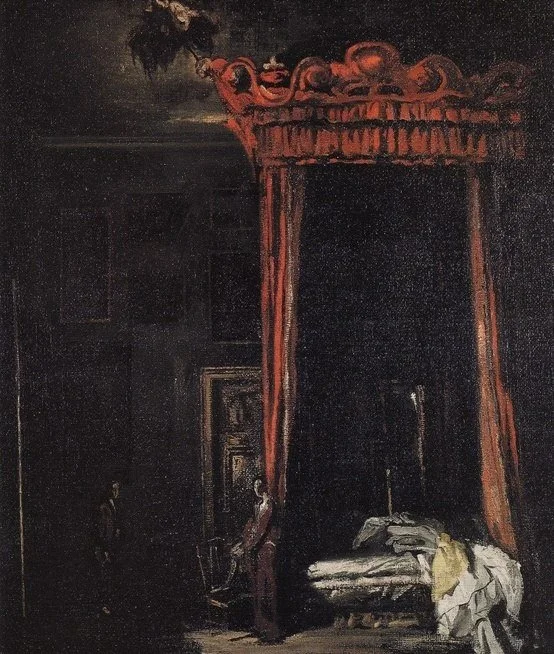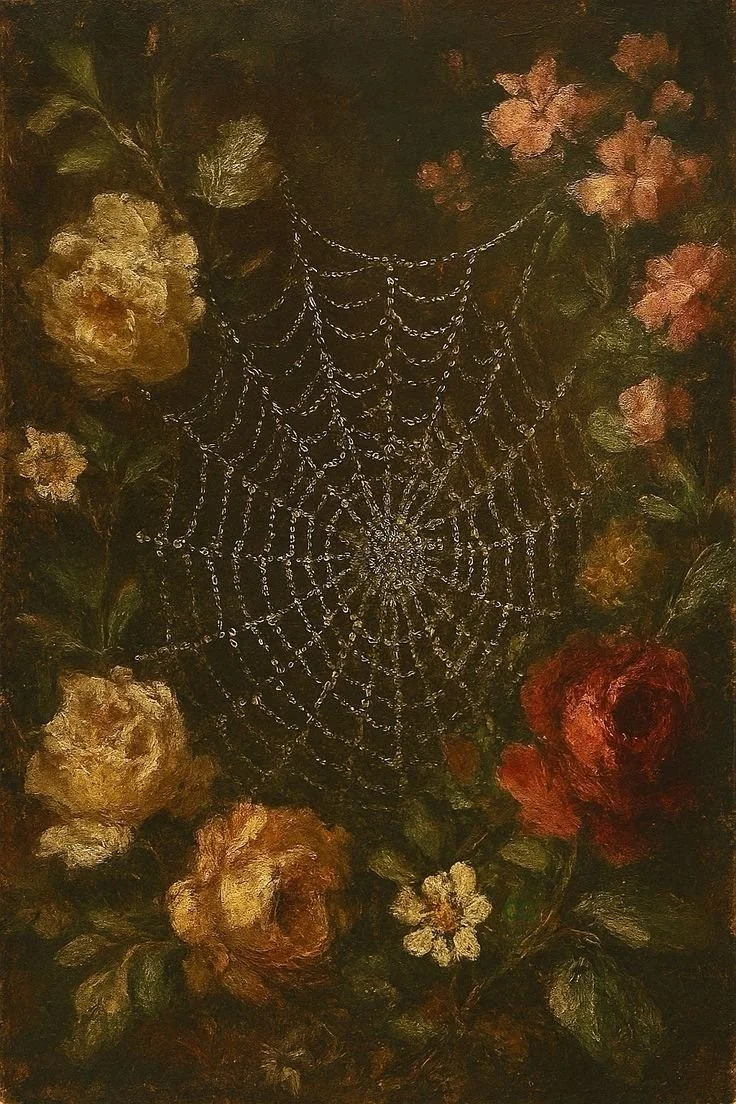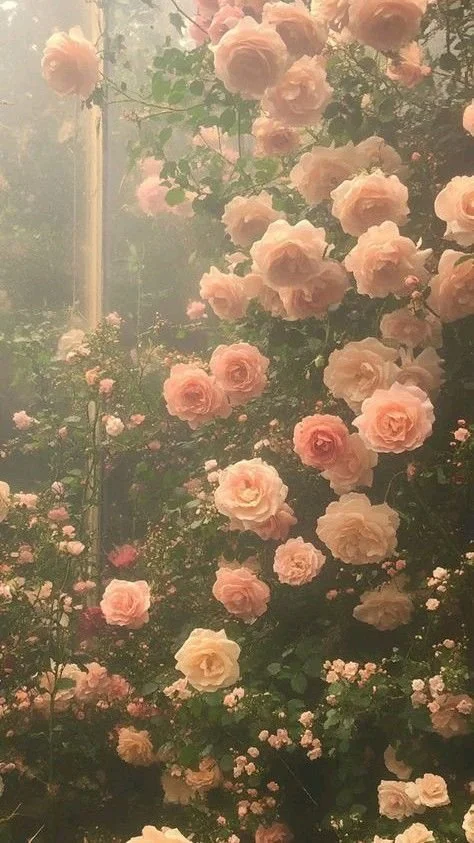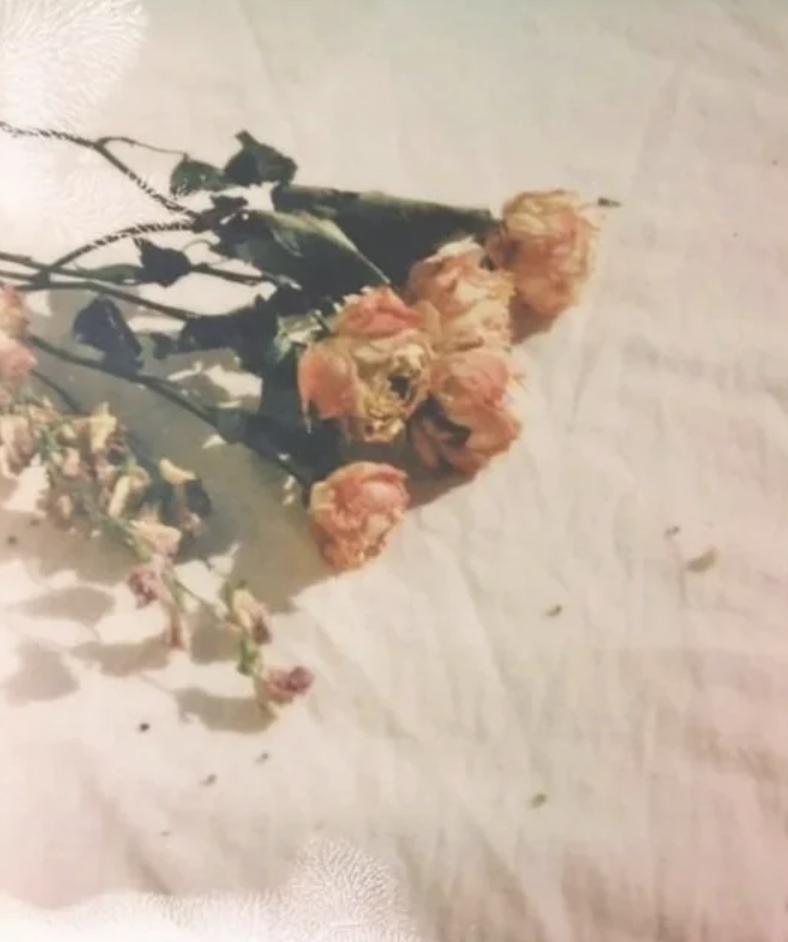BY NICELLE DAVIS
When pursuing the writing life, how far should an artist-parent drag their child along that wild (and often rugged) road? I don’t know. I don’t. I know I have a kid—I have a need to create. I know I love both, but at what cost to the other? In many ways love is the divide—the line that makes gamblers or cowards of us. We walk a narrow path with possible destruction on either side of us in hope of maintaining our daily-life and our life-as-artist. Yes the two lives are different; however, when we are very lucky the two converge and the world of parenthood and childhood become one.
When my father took the bet and became a full-time artist, my brother and I were teenagers. From the window of our comfortable luxury car he pointed towards a broken down truck; I remember him saying, "Well kids, if I do this, that’s the car we’ll be driving." Rather naïvely my brother and I chanted, "We don’t care dad—follow your dreams," and other mindless prat one says when they don’t know any better.
The truth is, this world devours dreamers and breakdowns don’t end with our cars—uncertainty bleeds into every aspect of life. The road of an artist is wild and rough; even worse, when that road begins to narrow and show signs of an ending, that initial excitement of the unknown turns to fear. My father faces a future without the comforts of stability; he doesn’t always bare this burden well. It doesn’t help that there is a roar of voices ready "to tell him so" and accuse him of choosing his troubles—but my dad didn’t choose poverty, not really. He acknowledged the possibility of being broke, but he thought he could out craft disaster—he embraced the uncertainty of the road before him with every intention of making his way as an artist. It isn’t his fault that while the world appreciates art, it rarely values it.
The generation who was taught to live for American dreams now must face the roadblock of internal and external limitations. By extension we, their children, are made acutely aware of the dangers of dreaming. It’s one thing to see a car breakdown; it’s an entirely different thing to watch a loved one’s hard fight to keep going.
Even more upsetting than my father’s situation is watching my young students walk with this same weight and worry upon them. They fear the future so much that they don’t delight at uncertainty. They, in fact, take drastic measures to avoid it. They cling to career tracks and test scores; the more defined their lives, the better. But I catch them dreaming—watch them try to hide how much they love music, painting, theatre—those things that pay nothing and therefore must be worth nothing. Sometimes, in moments of bravery and desperation, my students will ask: Where is the map to guide a creative person to happy and prosperous existence?
Eh…? Well kids…ah?
Marcelles Murdock
When I was a student at UCR, I turned to poet/teacher Juan Felipe Herrera for advice. I’d just had my son and was in the throes of the baby blues (if not postpartum depression); my question (and timing) was inappropriate, even unfair. But these are the kind of questions we bring to our heroes—those who seem to have mastered the art of being artists. Truth is, there is no mastery of anything—there is just wilderness amongst wilderness. What makes a person a lifelong artist isn’t necessarily success but a tenacity and determination to face the unknown while knowing that it could come to nothing—nothing. Out of a better understand and respect for Juan Felipe I wish I could take back my question—I do.
Teaching has taught me there are things beyond teaching. I asked Juan Felipe for the impossible, and I’ll never forget how he tried to meet me halfway. I asked him to show me the road; show it to me and I’ll walk it—I’ll walk it no matter how difficult. What could he say to that—to me, so full of fear and hope? He was slow to respond, but finally he told me to spend more time watching babies learn to walk. Then he reluctantly admitted, "There is no road." I left his office in tears—not that easy sort of aching, but the sort of sobbing that feels like looking into a fire, a blinding sort of cry.
Finally, I came to the realization that every artist makes their own road. That road (for me) is defined by fire. On one side, there is a rage that runs hot and steady and is fueled by a frustration at how the world discounts the dreams of those who came before—on the other side of me is a stream of heat that sparks with the friction of how the dreams of those to come are being squelched by convention.
I guess not feeling bad is the new feeling good. Because of this, uncertainty has become a diseased word; something to avoid at any cost. But we are biological creatures, made for fever. Fever is its own sort of transcendent fire—full of visions and dreams—a humbling experiences that helps us understand our place in the world—a grand adventure where all is seemingly out of our control—a fun and wild ride. Unless it’s your kid who is sick. Once your child is ill, uncertainty quickly loses its appeal.
The first time my son had a fever I would have traded every word in the dictionary for his comfort but there were no words that could help him, there was only the long and uncertain night. That night I didn’t give a damn for books and art—I only wanted to keep is his perfect moon shaped face safe and well. This is to say: I understand why people give up the writer’s life—the artist’s life. We all want is what we love to be safe, even at the cost of our own dreams. It’s difficult. For love, we’re becoming increasingly at risk of eliminated risk from our culture.
Risk is another word laden with negative connotations. I’ve spent most of my life working with "at risk youth." At risk of what? I often find that the only thing at risk is social conventions. Some of these kids having nothing to lose which is unheard of in the mythos of America, yet this social freakishness makes them perfect candidates for the writer’s life. But they are street smart, not book smart, and it is difficult to have either side recognize the value of the other. And here again I feel both sides of my path heat up—that hot anger over a lack of understanding.
When I dream, I dream of reaching my hands in opposite directions, of letting the fires of both sides consume me—to be a bridge of light. But I don’t have time to catch on fire; I have a little boy to feed—his dreams to protect. As much as I want to keep him safe, I do hope my son takes risks—that he dreams—he shines in his own invented way. My son, who comes from a "broken family," is at risk—like my students. Just as I keep high hopes for my students, I hope being "at risk" gives my son the ability to risk more—though I know this might mean disaster. At least, I tell myself, it will be their disaster rather than the predictions others have put upon them.
Marcelles Murdock
So, what can I say? I’m a Romantic who knows better. At best, I’ve glossed over many complications regarding art, uncertainty, and risk in order to allow for the existence of a writing life—in other words, I’ve lied to myself. At worst, I’ve lied to you, my students, and my son—there might be no room for the artist. I’ll risk being my worst if it means some kid gets to do what they love—to be as they identify—even if it leads to nothing. Don’t think I don’t know how ugly the end can be; I’ve seen it—it can be devoid of all grace and yet…
And yet, I can’t seem to stop myself from walking that road—from bringing my son along for the ride. At best I’ll hurt only myself, at worst I’ll hurt him. Uncertain of the outcome, it’s a coins toss bet over best and worst case scenario.
I can see my road and it leads nowhere—I’ll take my son with me until we come to that crossroad where his own path is formed by whatever internal forces guide him. I can only hope that when the time comes and he asks out bravery and desperation for guidance, that the person he turns to will be honest enough to tell him: There is no road other than the one he makes for himself. I hope he walks it, no matter how freakish, despite the stride of his freakish mother.
Recently I presented a preview of In the Circus of You at an L.A. Salon. This book has several characters based on historical accounts of sideshow freaks. These "freaks" help the protagonist deal with her issues of being "other." The sideshows are patient with her gross acts of appropriation, but eventually they demand to be set free—for her to go free and create her own existence—to make her own road. During the Q and A, an audience member asked if I am a freak. I explained there are many forms of "freak" and while I’m not all freaks—yes, (trying to keep things simple) I am a freak. His follow-up question was, "How do you hide this from your son?" I was quick to respond, "I don’t."
The automatic response to this question surprised me because I’ve suffered for years with how to protect my son from me, his mother. I would like to keep what I love safe. Maybe that explains why I make casts of my students’ faces, hands, and feet? (I know, freaky.) Please, let me try to explain. As a maker, it is important to me to turn impulse into artifact, to act out and face what scares me—what I fear most is harm coming to those I love. So I can’t keep them all safe; I can’t protect my students from heartache and failure—I can’t stop my son from getting ill. But with art, I can keep the image of them safe—wear who I love with pride—physically acknowledge all who have made me. It’s only when I’m making art that I can resolve the past and the future—that I can feel both hands in the flames that guide me and an illumination from their meeting. What once felt like rage turns to hope—only when I’m making. Even better is when I’m making with my son.
Marcelles Murdock
Let me try to better explain the process: Using plaster-of-Paris casts, I pour a mixture of glue, latex, and glitter to create replicas of their faces, hands, feet. Yeah, it’s a little creepy, but the result is something oddly lovely. I end up with a fabric that resembles sheets of plastic. This material hold light well—as if there was a fire burning within the replicas. I then assemble the entire piece into one mask—a face of many people. Sure, it’s freakish, but the students seem to like it—it gives them a physical sense of being remembered—of lasting—which is the comfort of art. The work is brittle, so to increase its permanence I asked my dear and talented friend Marcelles Murdock to take pictures of it.
For the photo shoot, I wanted to make a dress to match the mask, and so poured this same mixture of glue, latex, and glitter across my entire kitchen floor. (We are talking four gallons of Elmer’s glue all over my floor.) My son and I had to eat out for three weeks while we waited for it to dry. I felt terrible, imagining all the awful things he must think of his crazy (freakish, even) mother. But when it came time to peel the strips from the floor, and the light caught just right on the material, my son turned and said to me, “Mom, we are harvesting moonlight—we are harvesters of light.”
I have no way of knowing if he will always think of our time together with the same amount of poetry. Because the world rarely monetarily values poetry, I assume my son (who likes to be right and the world to be defined) will soon abandon his job as a light harvester; soon he will think of his mother not as an artist, but a freak. I don’t know. What I do know is there are moments when life and art intersect—when watching babies learn to walk meets the honor we hope to pay those who came before us—when the two sides of my anger and anxiety over the past and present unite to create a light that cannot burn—only illuminate. I see my father in me and myself in my son; we are the conversance of all we have known and loved—art helps me see this. It remains uncertain if the world will ever give value to art—that artists will be paid for their efforts of exploration—that my father will ever know his "worth" or my son will ever be proud of what his mother creates. I do know that I have a dress made from those I have loved— and the pictures that document this effort to love—dare I say it—make something beautiful—an image that makes it looks like we harvested the moon from our bodies. Isn’t that work walking the wild line of uncertainty?
Marcelles Murdock
Nicelle Davis is a California poet, collaborator, and performance artist who walks the desert with her son J.J. in search of owl pellets and rattlesnake skins. Her most recent collection, In the Circus of You is available from Rose Metal Press. The author of two other books of poetry, Becoming Judas, is available from Red Hen Press and her first book, Circe, is available from Lowbrow Press. Another book of poems, The Walled Wife, is forthcoming from Red Hen Press in 2017. Her e-chapbook, Studies in Monogamy, can be read (and heard) at A Whale Sound. Her poems have appeared or are forthcoming in The Beloit Poetry Journal, The New York Quarterly, PANK, SLAB Magazine, and others. She is editor-at-large of The Los Angeles Review. She has taught poetry at Youth for Positive Change, an organization that promotes success for youth in secondary schools, MHA, and with Volunteers of America in their Homeless Youth Center. Recipient of the 2013 AROHO retreat 9 3/4 Fellowship, she is honored to work as a consultant for this important feminist organization. She currently teaches at Paraclete and with the Red Hen Press WITS program.

